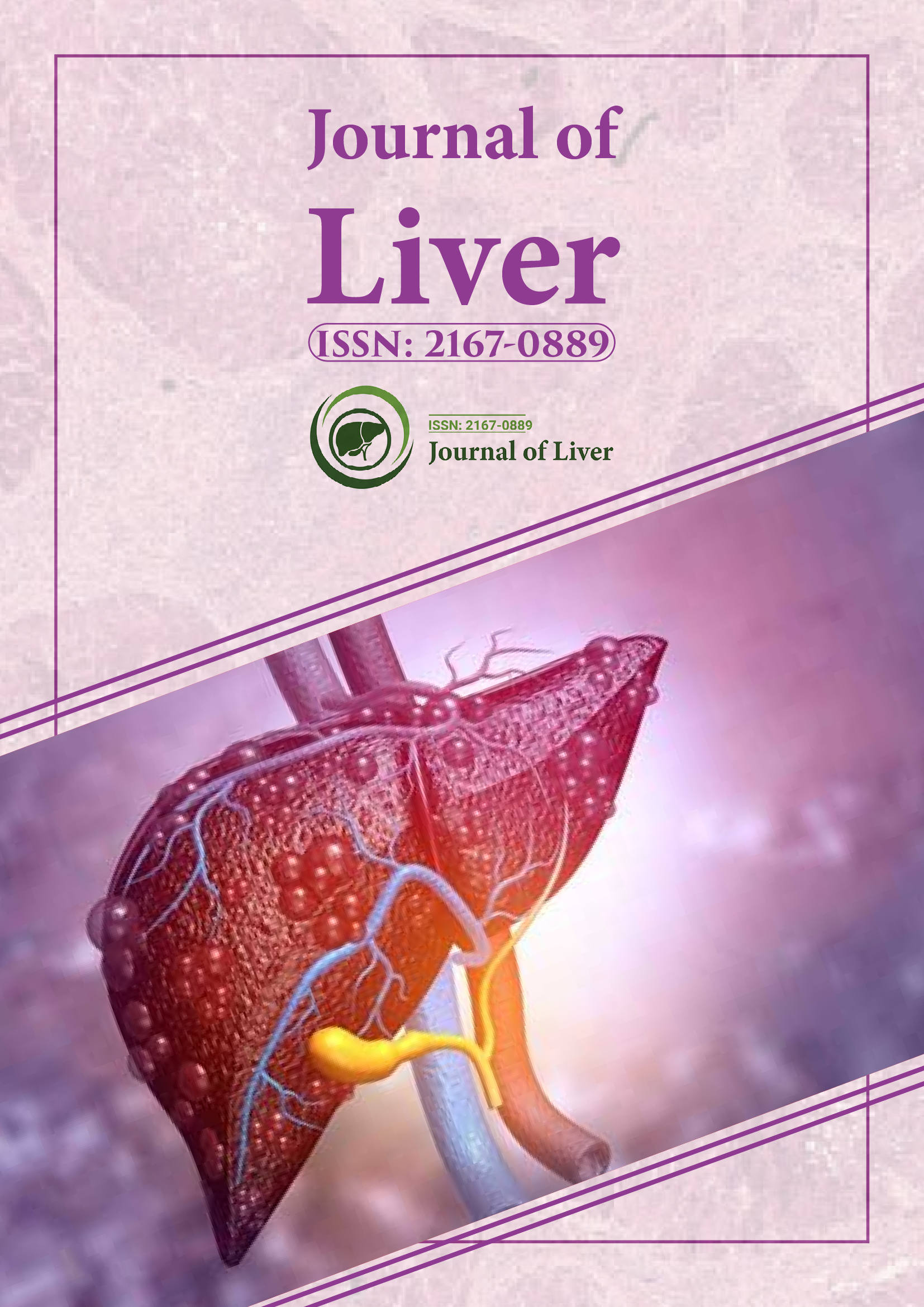Indexed In
- Open J Gate
- Genamics JournalSeek
- Academic Keys
- RefSeek
- Hamdard University
- EBSCO A-Z
- OCLC- WorldCat
- Publons
- Geneva Foundation for Medical Education and Research
- Google Scholar
Useful Links
Share This Page
Journal Flyer

Open Access Journals
- Agri and Aquaculture
- Biochemistry
- Bioinformatics & Systems Biology
- Business & Management
- Chemistry
- Clinical Sciences
- Engineering
- Food & Nutrition
- General Science
- Genetics & Molecular Biology
- Immunology & Microbiology
- Medical Sciences
- Neuroscience & Psychology
- Nursing & Health Care
- Pharmaceutical Sciences
Abstract
Smad3 Deficiency Counteracts Hepatocyte Apoptosis and Portal Fibrogenesis Induced By Bile Duct Ligation
Misako Sato, Kathleen C Flanders, Tsutomu Matsubara, Yasuteru Muragaki, Shizuya Saika and Akira Ooshima
Objectives: Transforming Growth Factor (TGF)-β is reportedly upregulated and plays a critical role in hepatic fibrogenesis. We aim to study the role of the Smad3, a key transcription factor downstream of TGF-β receptors, signaling pathway in the pathogenesis of cholestatic liver injury induced by Bile Duct Ligation (BDL).
Materials and methods: We used mice lacking Smad3 (Smad3ex8/ex8), and their wild-type littermates to model hepatic fibrosis using BDL. The underlying biology was investigated using histopathological examination and primary cultures of hepatocytes and biliary epithelial cells.
Results: Here we found that mice lacking Smad3 are protected against cholestatic liver injury induced by BDL as evidenced by the absence of hepatocyte apoptosis and portal fibroproliferative responses,including excessive collagen deposition and periductalmyofibroblast proliferation. Smad3-null mice are also shown to reverse the hepatic TGF-β1 upregulation after BDL. In vitro study demonstrates that TGF-β1 expression in primary hepatocytes and intrahepatic biliary epithelial cells is amplified by TGF-β1 itself through a positive feedback loop dependent on Smad3. Culture of primary hepatocytes confirmsthat Smad3 is indispensable for TGF-β1-induced apoptosis.
Conclusions: The data demonstrate that Smad3 plays principal roles in the pathogenesis of BDL-induced cholestatic liver injury and suggest that intervention in this pathway may provide a novel therapeutic approach in the treatment of hepatic fibrosis.
